Feature
If I can dream it, I can build it: Mark Jarel is bringing back slot car racing
Written and photographed by Aaron McKenzie
Mark Jarel is a rarity among classic car owners: he’s happy to let you take his Porsche 917, his Ferrari 250 GTO, or his Ford GT40 out on the track for as many laps as you can handle. And if you happen to get a little too rambunctious and end up rolling the car, or if you send it off the track into a tree, Jarel will just laugh and help you get the car back on the track as quickly as possible before you lose too many laps to the competition. In all of this, Jarel’s nonchalance is proportional to the stakes: these are slot cars (or, more accurately, 1:32 scale model cars) and the race course is yet another of Jarel’s own creations.
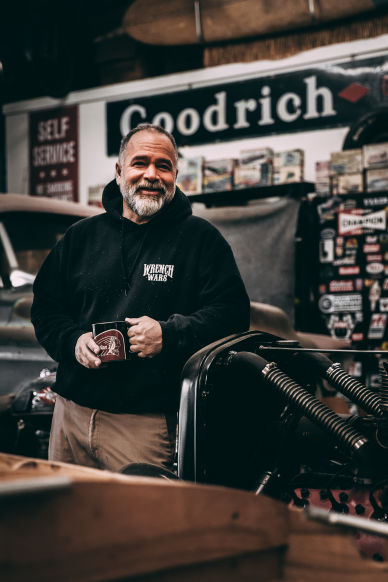
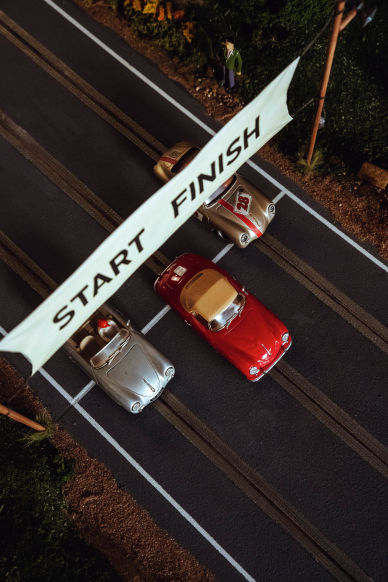
Nowadays, entertainment tends to come prepackaged and ready-made. Just open Netflix, log onto social media, or visit Las Vegas or Disneyland. The only effort you’ll have to make is pulling out your wallet. Mark Jarel, however, is having none of it. Jarel is a throwback to another time, a time in which people had to create their own amusement. Want music? There’s the piano. Want a toy? Better learn how to work with wood. Want different clothes? You’ll need to learn how to sew. If the world’s population divides between “creators” and “consumers,” Jarel is firmly in the former camp.
It was from his father that Jarel inherited his life’s philosophy: if I can dream it, I can build it.
Born and raised in Culver City, California, Jarel grew up with immigrant parents whose sole earthly assets were ingenuity and hard work. They may not have had much spare cash sitting around, but Jarel’s parents did have skills: his father was a master woodworker who made cabinets for a living and who often made, rather than bought, his childrens’ toys for birthday and Christmas gifts. It was from his father that Jarel inherited his life’s philosophy: if I can dream it, I can build it. This ethos has carried Jarel to adventures large and small: He has built and raced cars that hold land speed records on California’s dry lake beds; he’s currently designing and – with the help of some skilled friends – building a coachbuilt 1952 Triumph sports car; and he’s created a niche for himself as the designer and builder of a series of bespoke slot car race tracks.


Like Jarel, slot car racing is itself a throwback to a bygone era. During its 1960s heyday, the sport was (according to The New York Times) a $500-million-a-year industry, with more than 3,000 public raceways in the United States and hundreds more in Europe. In 1960, Aurora, a slot car and track company, sold 2 million kits and 12 million cars in the United States alone. In 1966, more than 10,000 racers showed up at a race at the Palais Berlitz in Paris in pursuit of the grand prize: a real car. By the 1970s, however, the wave had crested. Professional slot car racers (yes, there is such a thing) were winning all the prizes, crowding out the hobbyists. And so, the amateurs took their cars and went home to their garages and basements, where they raced on their smaller private tracks.
“We’re going to build a slot car track so that you can see what these things do.”

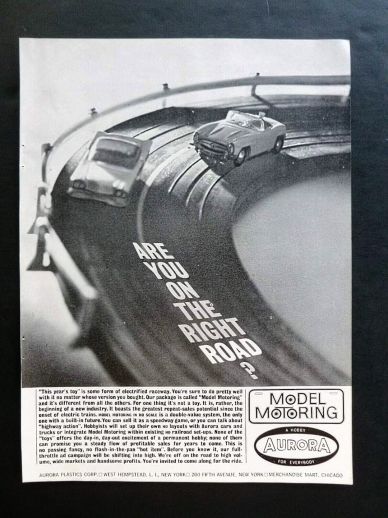
Fast forward 35 years: Jarel’s son, Haven, then six years old, came upon a box of Jarel’s old slot cars and asked his dad about them. What was with all this weird electrical stuff on the underside? Rather than try to simply explain slot cars to his son, Jarel decided to bring the kid into a childhood passion of his own.


“Game on,” replied Jarel to his son’s inquiry. “We’re going to build a slot car track so that you can see what these things do.”
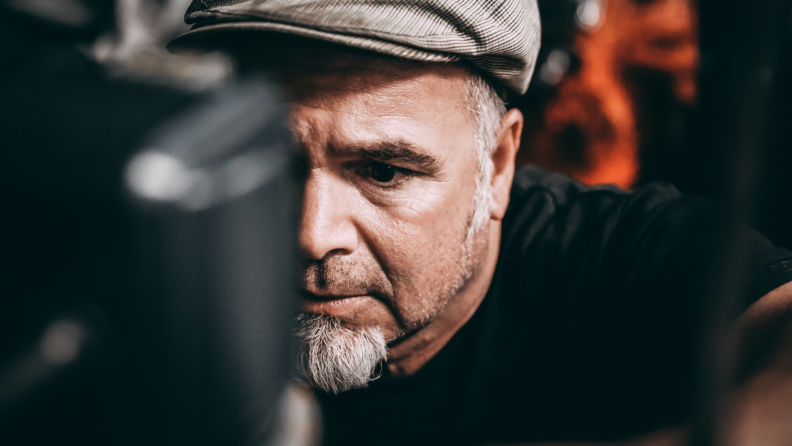
At first, the garage was just a mess of saw dust and foam shavings and random trees and buildings from the local dollhouse store, but soon the track began to take form. Curves emerged. Electrical current began to flow. Finally, the time came for the first test run. Father and son placed their cars on the starting grid and pulled the triggers on their controllers, giving the machines their juice. Off they went.
“He was hooked,” says Jarel.
Now based in Gardena, California, Jarel has since built numerous custom tracks, each one different from the last. Generally, they take their shape from a real-world location: one might be modeled on the Pacific Coast Highway as it snakes along the cliffs of Big Sur (yes, that track even has the Bixby Bridge), while another is patterned after the canyon roads of Malibu, complete with the Rock Store, tunnels, and even a photographer working the corners.
Once Jarel has his inspiration, he sketches out the track on paper, envisioning everything from the number of lanes, the radius of the turns, and the layout of the scenery. He then builds the table base on which the track will reside and from there moves into routing, painting, and installing the track’s electrical innards. Throughout it all, the track continues to evolve as new ideas occur to Jarel: perhaps, for instance, it would be fun to have that Ferrari 250 GTO wrapped around a lamp post with steam (generated by a vape machine) billowing out from its radiator, or maybe he’ll add a little picnic scene up in the trees, with spectators cheering the drivers as they race past on the track below. Finally, Jarel takes on the role of landscape architect, sprinkling “dirt” and planting “grass” as he puts the final touches on the track.
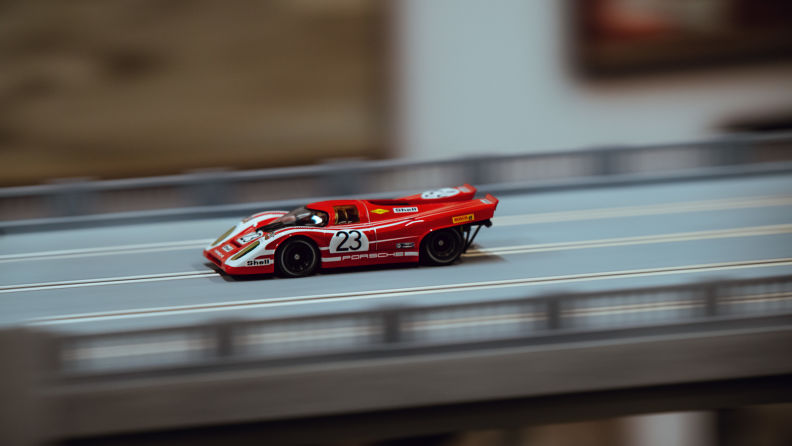
All of this might have remained a homebrew hobby in the days before social media. Once the wider world started getting a peek inside Jarel’s shop, however, the requests started coming in. Could Jarel build a track for an enthusiast in Florida? Could he build one based on Lime Rock in the 1970s? What if a person wanted a simple, flat track with no landscape features that folded into the wall for storage like a Murphy bed? Jarel’s answer to all of them: if you can dream it, I can build it.
Yet, even as Jarel’s hobby has turned into a vocation, he has never lost his enthusiasm for this form of racing and for the communities it creates.

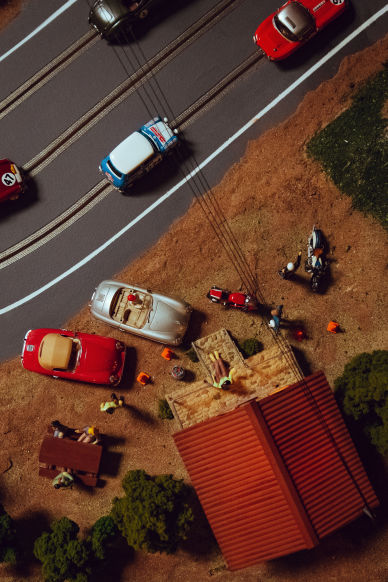
“As I build these tracks, I'm getting all these requests from grown adults,” says Jarel. “They’re finding their old slot cars from the 1960s or 1970s and asking me if they can bring them over to race. It's really fun. You get to see these grown adults revert to being 12 year-olds within 10 minutes. I feel like Santa Claus.”
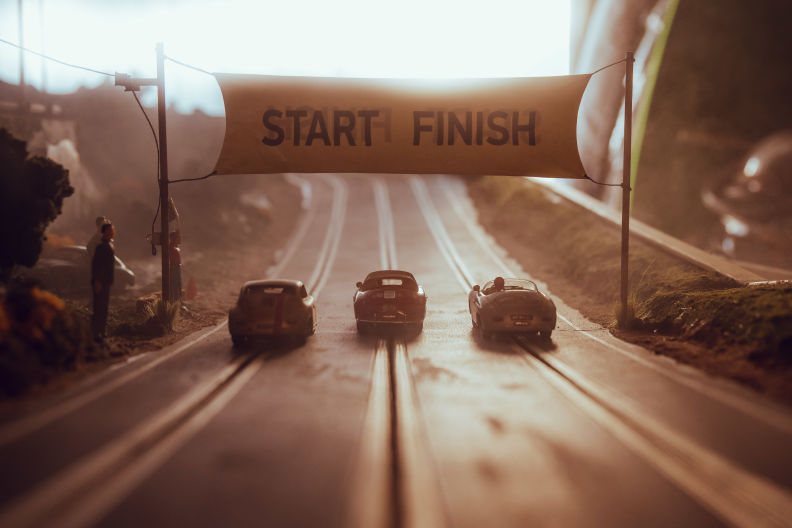
More about Mark Jarel
You can follow Mark's creations on his Instagram (@jarelbuilt).
Meet our contributors
Aaron McKenzie is a Los Angeles based writer, photographer, and producer with an eye for all things automotive. You can see more of his work by checking out his Instagram.
Comments (...)
What to read next

Antares Au's full throttle shift from Wall Street to race track
0 comments
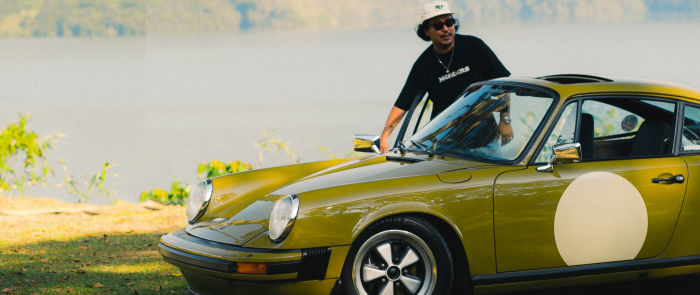
This Malaysian Porsche 911 went from scrapheap to showstopper
0 comments
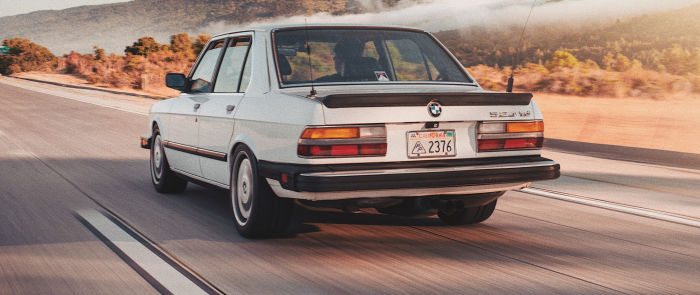
Enthusiast Roundtable: The BMW E28 is a classic driver for the modern world
0 comments
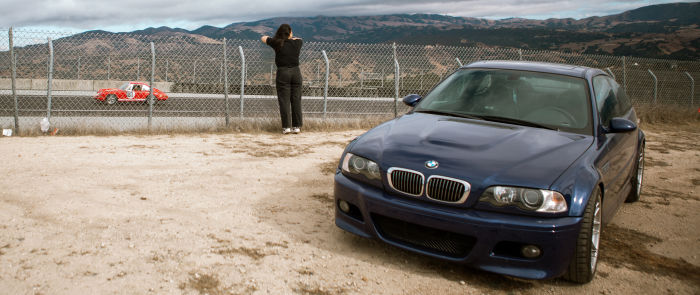
How Rennsport Reunion 7 transcends Porsche as the ultimate enthusiast gathering
2 comments
Before you get started
Please verify your account. You can do so by clicking on the link in the email we sent you.
Can't find your verification email? Click to resend it.
This website uses cookies. We do this to better understand how visitors use our site and to offer you a more personal experience. We share information about your use of our site with social media and analytics partners in accordance with our Privacy Policy. Additional information for California residents













